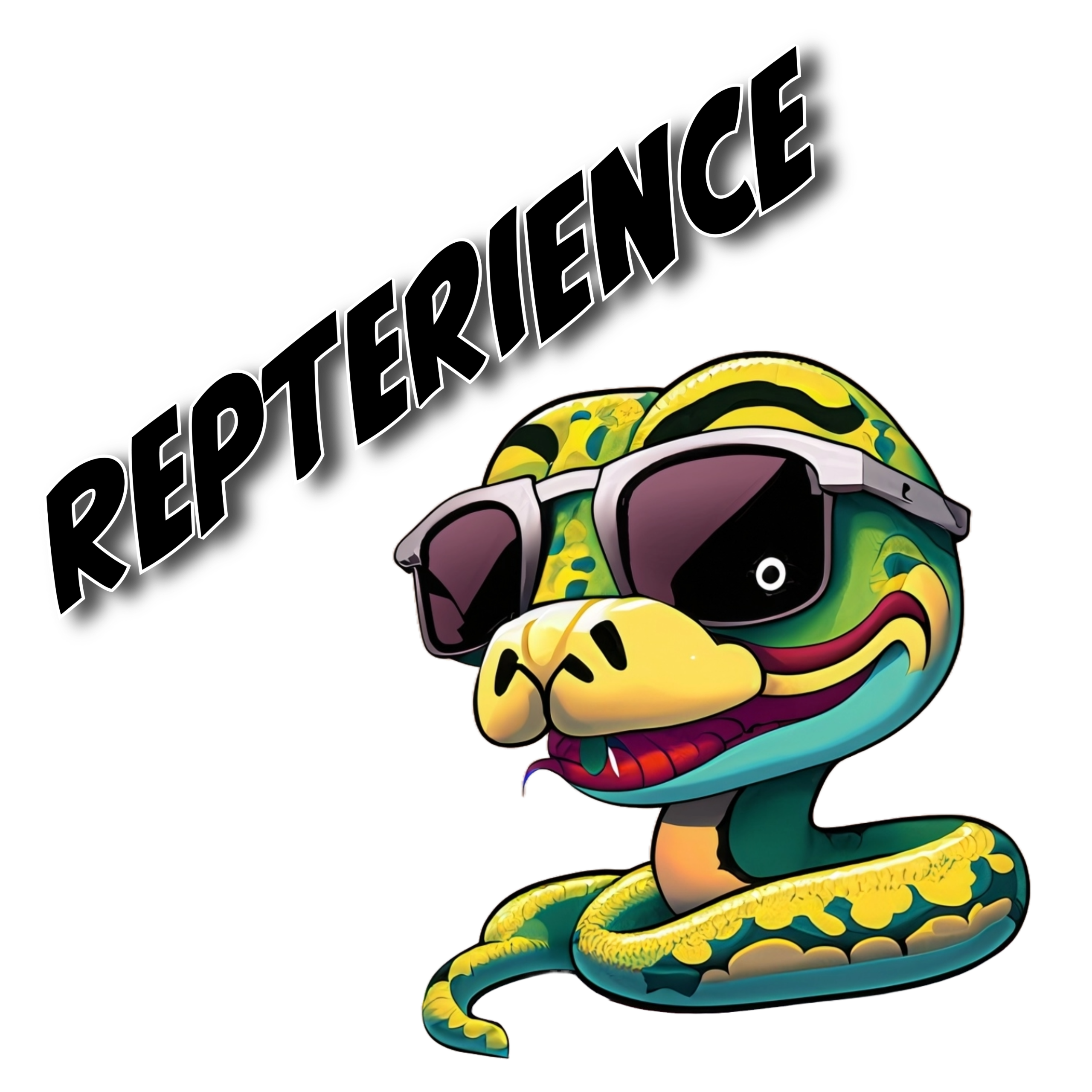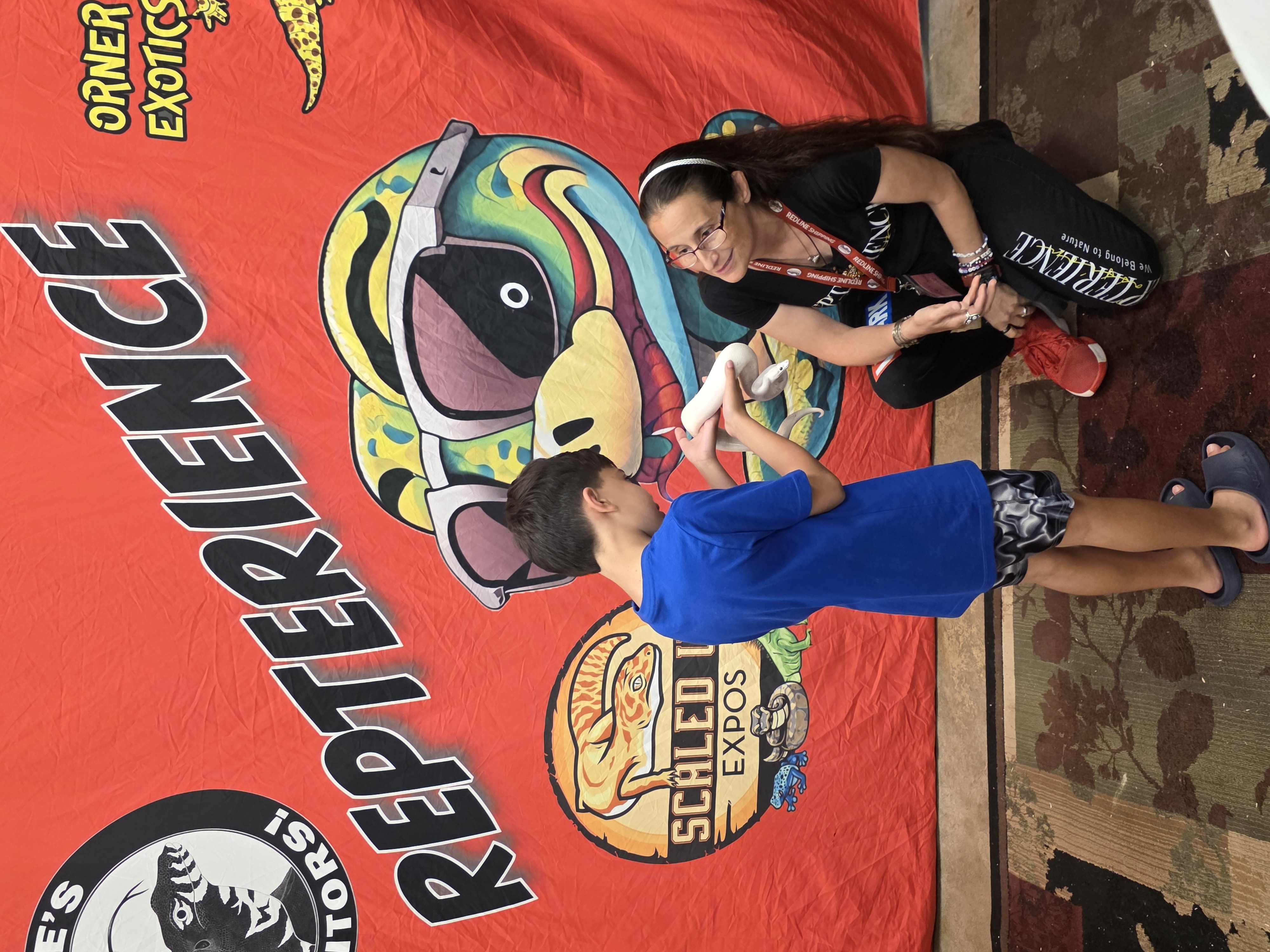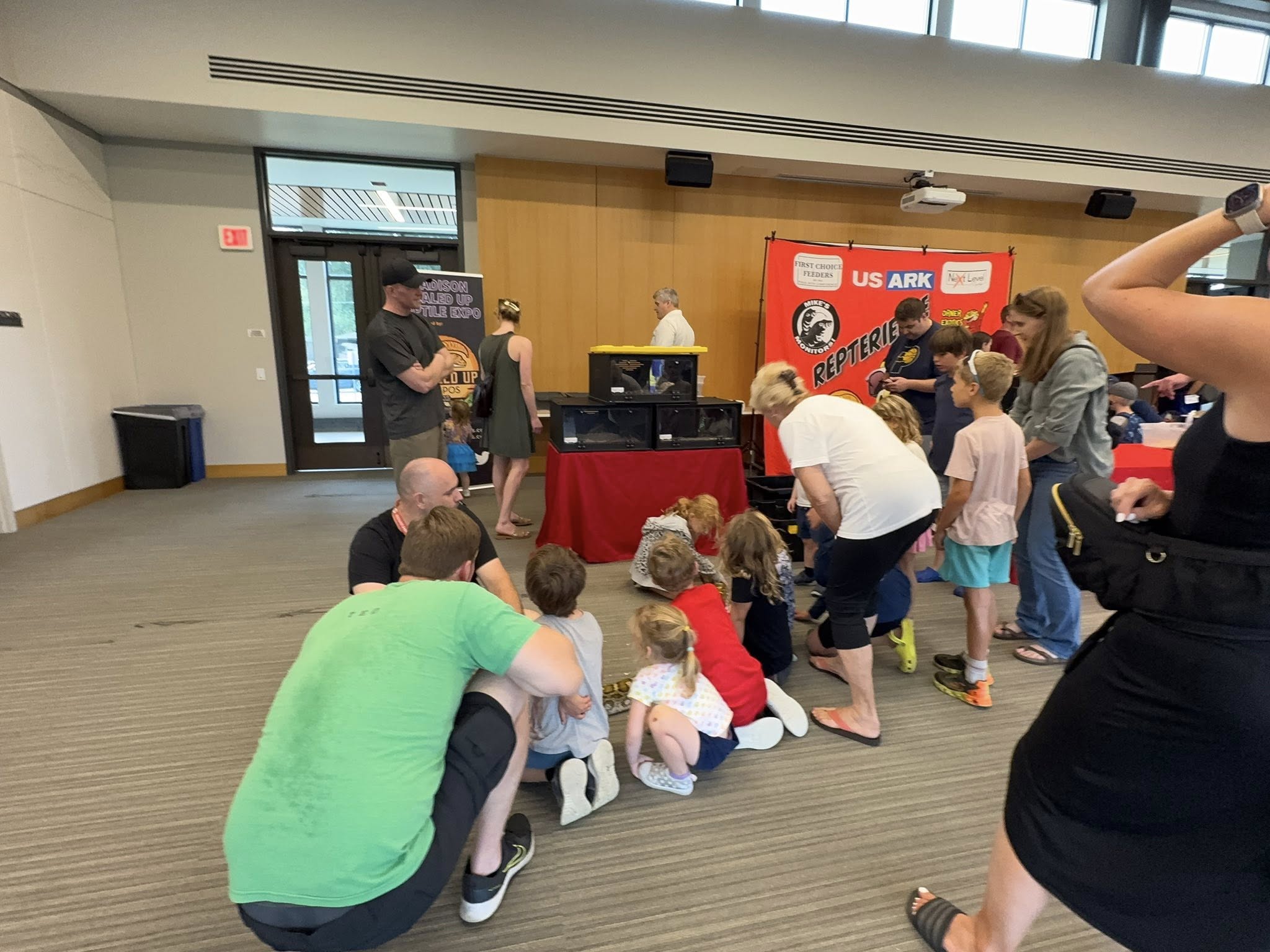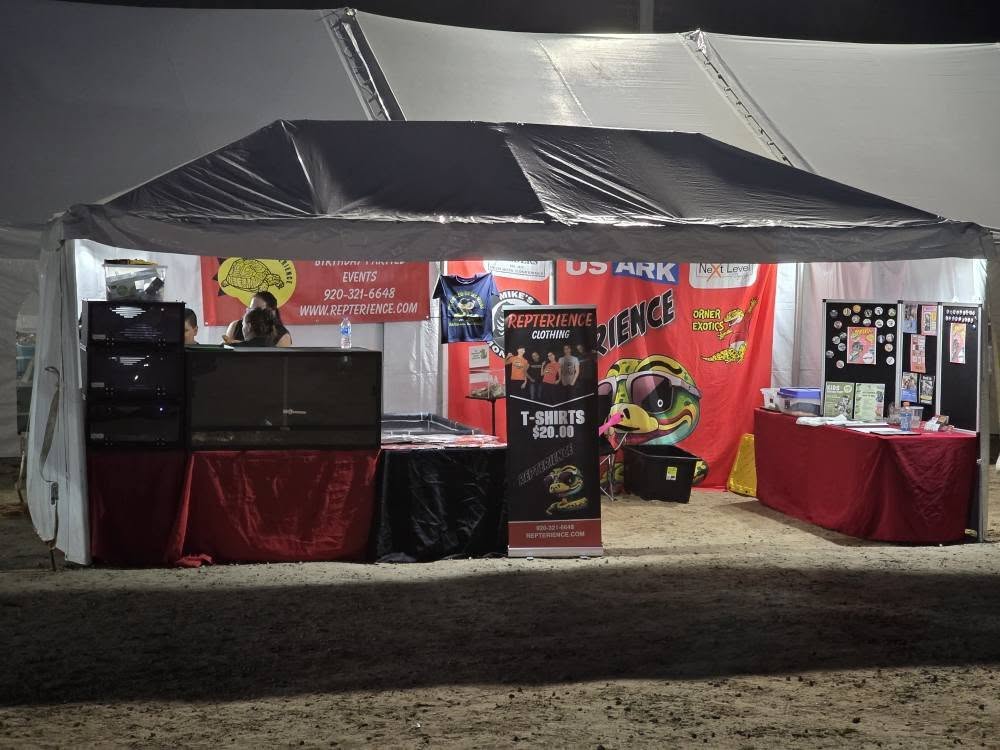Why Hands-On Experiences with Reptiles Are the Best Way for Kids to Learn
Why Hands-On Experiences with Reptiles Are the Best Way for Kids to Learn
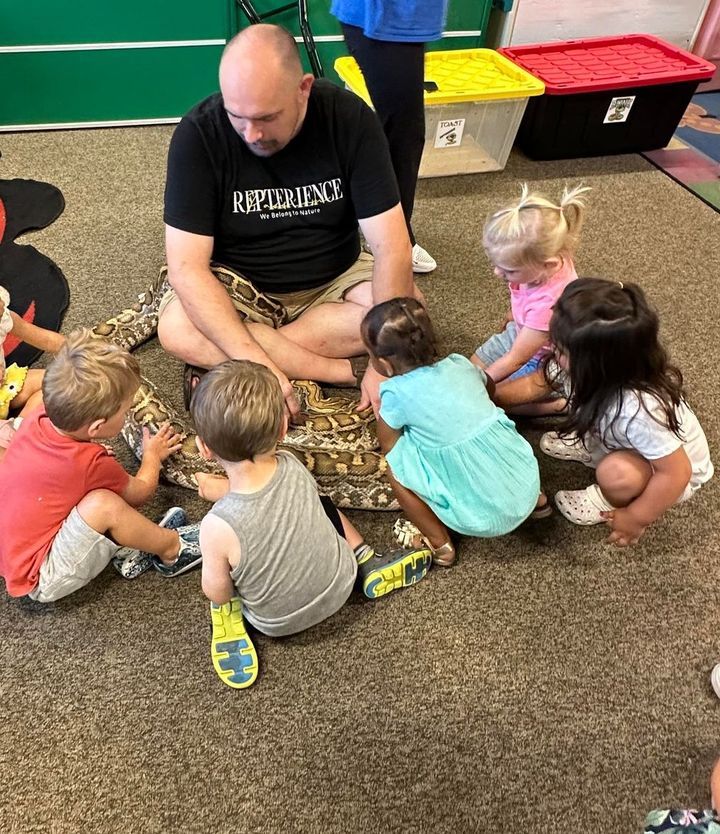
There's something absolutely magical that happens when a child first touches a snake's smooth scales or watches a bearded dragon's throat puff out in curiosity. You can see it in their eyes: that spark of wonder, that shift from fear to fascination, that moment when learning becomes real and unforgettable!
As educators and parents, we're always searching for ways to make learning stick. But here's what I've discovered after years of bringing reptiles into classrooms and events: nothing: and I mean nothing: beats hands-on experiences when it comes to truly engaging young minds and creating lasting educational impact.
The Attention Game-Changer
Let's be honest: keeping kids focused can feel like herding cats sometimes! But here's the incredible thing: when there's a real, living reptile in the room, everything changes. Children who normally fidget, daydream, or tune out suddenly become laser-focused. Why? Because there's something primal and fascinating about encountering a creature that's so different from us.
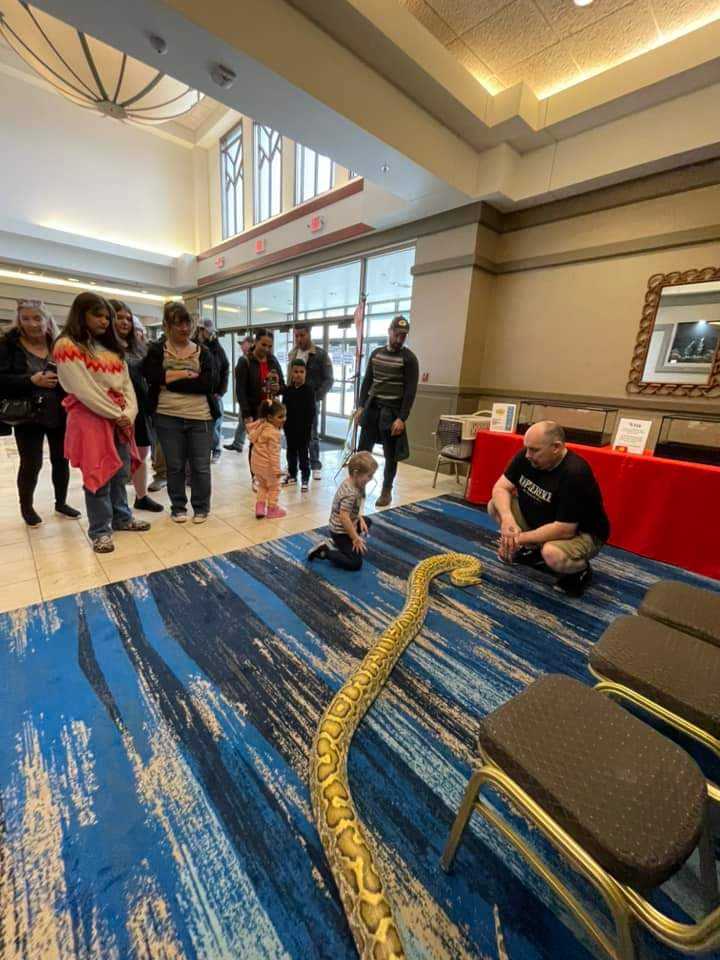
I've watched fidgety kindergarteners sit completely still for 30 minutes straight, hanging on every word about how snakes move without legs. I've seen teenagers who "hate science" suddenly pepper me with questions about reptilian physiology. The presence of a live animal creates an instant connection that pictures in textbooks simply can't match!
Your Child's Brain on Multisensory Learning
When kids interact with reptiles hands-on, their brains light up like a Christmas tree! They're not just using one sense: they're engaging sight, touch, sound, and even smell all at once. This multisensory approach creates what I like to call "sticky learning": knowledge that sticks around long after the lesson ends.
Think about it: reading about a snake's scales in a book is one thing. But feeling how surprisingly smooth they are? Discovering they're not slimy at all like the movies suggest? That's a revelation that reshapes understanding forever! When children can touch, observe up close, and even hear the subtle sounds reptiles make, they're building rich, detailed memories that become the foundation for deeper scientific thinking.
Questions, Questions Everywhere!
One of my absolute favorite things about hands-on reptile encounters is how they transform quiet kids into curious questioners. Something about touching a real animal breaks down barriers and unleashes natural curiosity in the most amazing ways!
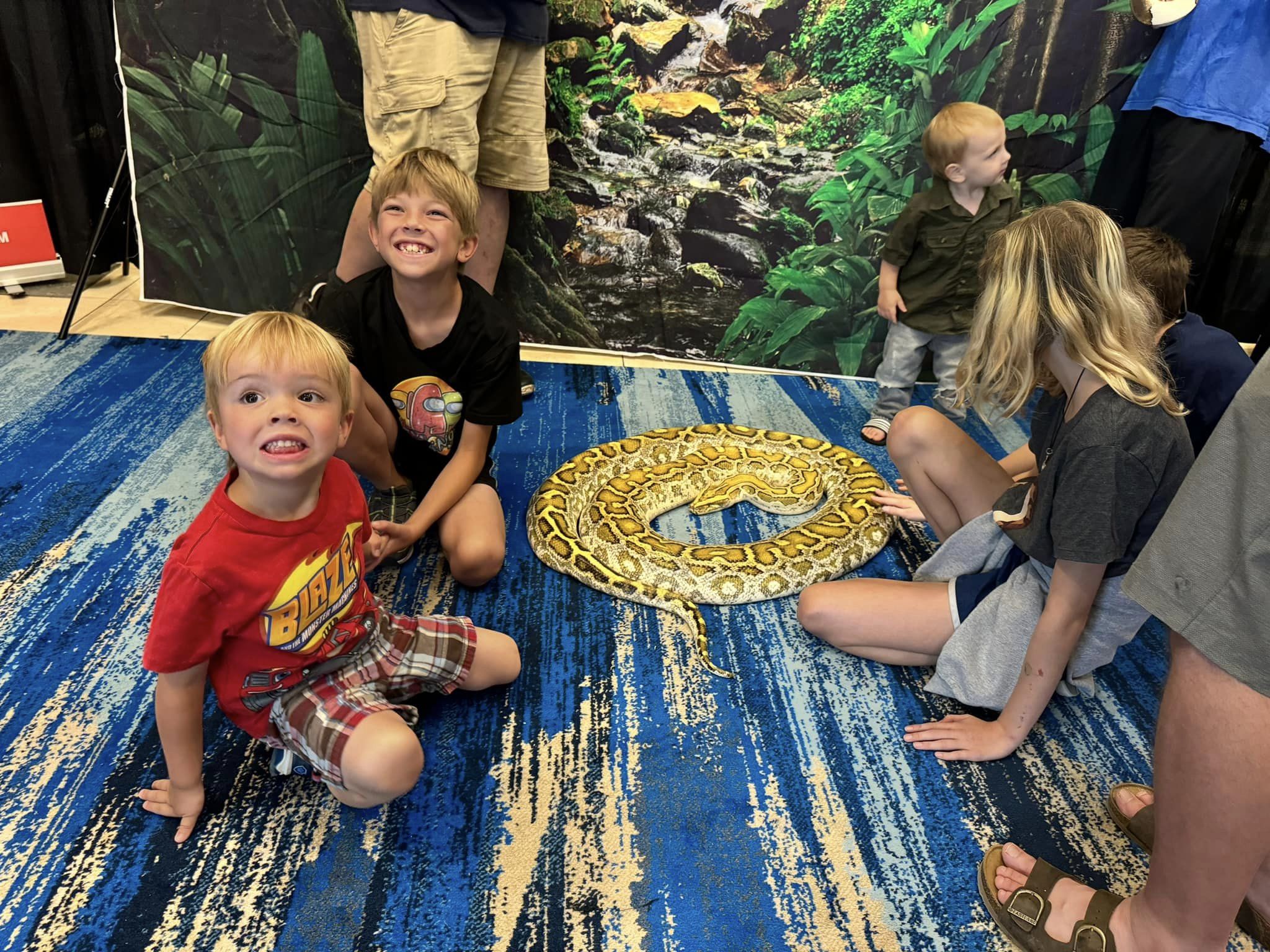
"Why doesn't it have eyelids?" "How does it smell with its tongue?" "Does it get cold?" "Can it see colors?" These aren't questions you typically hear during a regular science lesson, but they pour out naturally when kids are face-to-face with a fascinating reptile.
This questioning isn't just cute: it's scientifically crucial! When children ask questions, they're actively constructing knowledge, making connections, and developing critical thinking skills. They're becoming little scientists, forming hypotheses and seeking answers. And the best part? Their genuine curiosity is contagious, inspiring classmates to think deeper too!
The Power of Touch: Thinking Through Fingertips
Here's where hands-on reptile experiences really shine: the power of tactile learning. When children can actually touch and hold reptiles (safely, of course!), something incredible happens in their brains. Touch activates neural pathways that pure visual or auditory learning simply can't reach.
I love watching a child's face the first time they feel a gecko's sticky toe pads or experience how surprisingly light a snake feels despite its intimidating appearance. These tactile discoveries challenge preconceptions and force deeper thinking. "Wait, if snakes are this light, how do the big ones move so powerfully?" "If gecko feet are this sticky, why don't they get stuck to everything?"
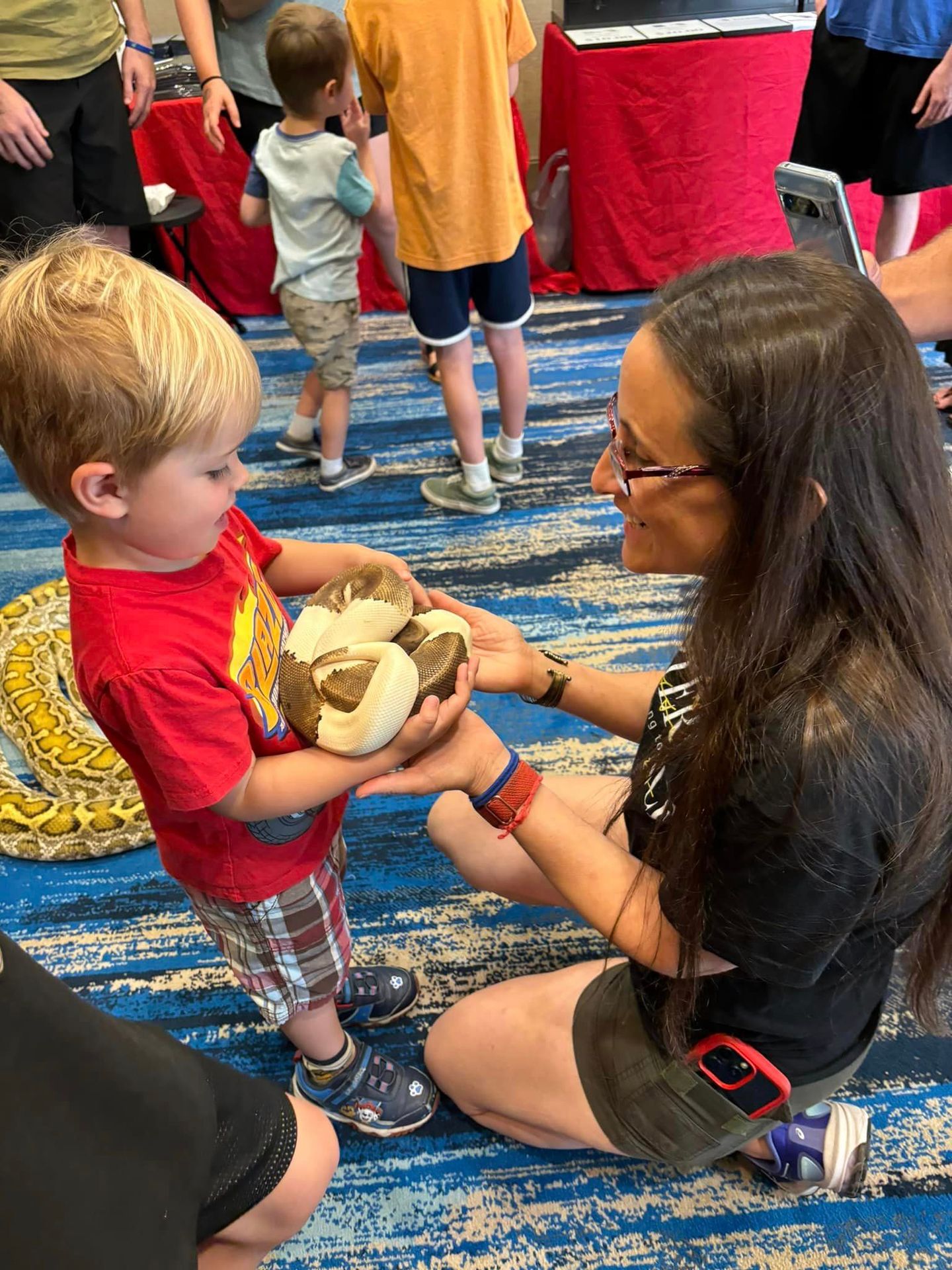
This kind of hands-on exploration transforms abstract concepts into concrete understanding. Suddenly, adaptation isn't just a vocabulary word: it's something they can feel and see in action! Camouflage becomes real when they watch a perfectly still gecko blend into bark. Thermal regulation makes sense when they feel how cool a reptile's skin is compared to their own warm hands.
Building Confidence Through Conquered Fears
One of the most powerful aspects of hands-on reptile experiences is how they build tremendous confidence in children. Let's face it: many kids (and adults!) start with some fear or apprehension around reptiles. But guided, positive interactions can completely transform these feelings!
I've witnessed shy children become confident educators themselves after successfully holding a snake. There's something incredibly empowering about overcoming a fear, especially when it happens in a supportive, educational environment. That confidence doesn't stay limited to reptiles either: it spreads to other areas of learning and life!
When a child who was initially terrified of snakes ends up gently petting one and sharing facts with friends, they've learned something profound about courage, growth, and the importance of challenging assumptions. These are life lessons that extend far beyond science class!
Developing Empathy and Environmental Stewardship
Here's something beautiful that happens during hands-on reptile encounters: children develop genuine empathy for these often-misunderstood creatures. When kids can observe a reptile's gentle behavior, see how it responds to careful handling, and learn about its role in nature, fear transforms into respect and appreciation.
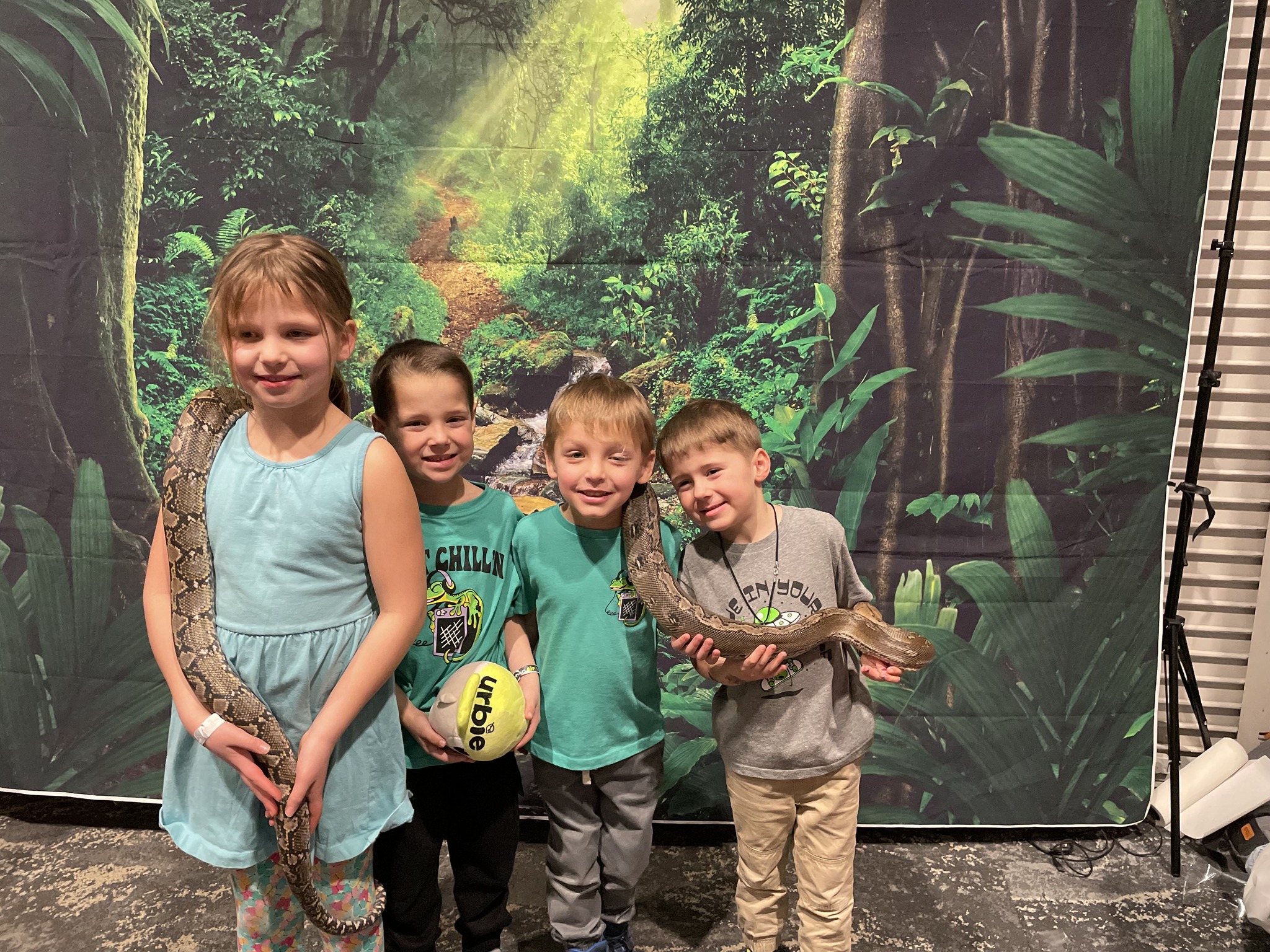
This emotional connection is crucial for developing environmental awareness. Children who've formed positive relationships with reptiles become passionate advocates for conservation. They understand that snakes aren't scary monsters: they're important predators that help control pest populations. They learn that losing habitat affects real animals they've met and cared about.
This empathy-building aspect of hands-on learning creates the next generation of environmental stewards. And honestly, isn't that exactly what our planet needs right now?
The Lasting Impact of Real Encounters
The most exciting thing about hands-on reptile experiences is their lasting educational impact. Children remember these encounters vividly: often for years! They become reference points for future learning, making complex scientific concepts more accessible and meaningful.
I regularly hear from teachers whose students are still talking about our reptile visit months later. Parents tell me their kids have developed genuine interests in biology, ecology, or veterinary science after a single hands-on experience. That's the power of real, tangible learning!
When children can connect new information to vivid, positive memories of reptile encounters, learning becomes easier and more enjoyable. They're not just memorizing facts: they're building on meaningful experiences that made science come alive.
Making Learning Unforgettable
The magic of hands-on reptile experiences lies in their ability to engage the whole child: mind, body, and emotions. They transform passive learners into active participants, quiet observers into curious questioners, and fearful avoiders into confident explorers.
In our digital age, there's something incredibly valuable about these real, tangible experiences. They remind us that the best learning happens when we engage all our senses, challenge our assumptions, and connect emotionally with our subject matter.
Ready to bring this incredible learning experience to your classroom or event? Let's make science unforgettable for your students! Contact Repterience to discover how hands-on reptile encounters can transform the way your children see the natural world: and themselves as learners.

